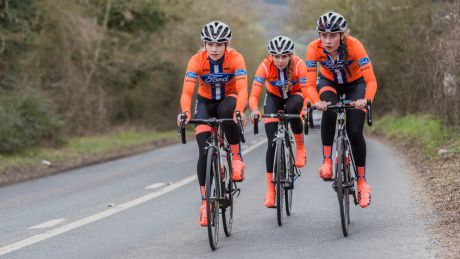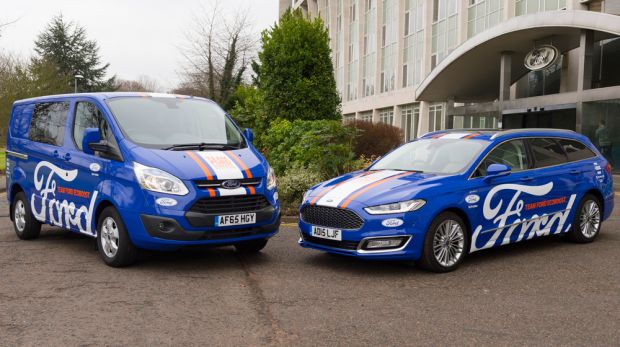A Professional’s Cycling Tips for New Riders
Choose the right kit for your summer cycling with some choice pro know-how

Another haul of medals for Britain’s cyclists at Rio is likely to spur more of us to put pedal to the asphalt. After London 2012, in which Team GB cyclists bagged a record eight golds, UK bike shops reported sales up 15 per cent and the Ride To Work scheme saw a 150 per cent increase in applications.
For any new cyclists, though, the amount of kit available for your ride can be mind-boggling. Just with bikes alone there’s more choice than a Chinese takeaway menu, and with some high-street models hitting nearly £15,000, a mistake can be a damned sight more costly than picking the wrong chop suey. So what do you really need to hit the road? Coach asked Julie Erskine, professional rider on the newly established Team Ford Ecoboost, to share her advice on the essentials for a better, smarter ride.
Get a bike that fits
It may seem obvious, but according to Julie the wrong-sized bike can lead to injuries further down the line. “Saddle height, stem length, handlebars and reach, are all really important. You’re best off finding a store where they’re both helpful and knowledgeable.” And ask for a test ride before you buy.
Choose your wheels wisely
Having the wrong type of wheels can be the cycling equivalent of running in hiking boots. “Clinchers are usually best,” says Julie. “With these the inner tube is much more easily accessed and repaired than with tubs [the fixed tyres used by professional racers]. I always use clinchers for training.”
Embrace the Lycra
“Invest in a decent pair of cycling shorts,” recommends Julie. “These will increase comfort on the bike and avoid the rubbing you get with loose-fitting shorts. A Lycra jersey isn’t as important, but they are made for varying weather conditions, and have ample pockets for storing food, your phone and money.”
Read something inspiring
Julie is quick to single out Nicole Cooke’s autobiography. The Swansea-born cyclist won gold at the Beijing Olympics, and remains a vocal critic of drug cheats. “You get an insight into her life as pro rider and the pain and sacrifices it took to get to the top,” says Julie. “It’s a really inspirational read, especially for women.”
Strap on a tracker
“I use a Garmin Edge 500. It provides all the information I need,” explains Julie. “It connects to my power meter [a precise tool that tells you exactly how much work you’re putting in], heart rate monitor, and records cadence, time, distance, speed. How much you spend depends on the level of detail you want and how much you ride.”
Sign up for workout ideas, training advice, reviews of the latest gear and more.
Take tools and cash
“A puncture repair kit is essential – spare inner tube, tyre levers and pump,” says Julie. “A multitool is also useful if anything on the bike starts to wobble that shouldn’t when you’re in the middle of nowhere. And some cash for if you run out of food or drink, or maybe just fancy a coffee and cake.”
To find out more about Team Ford EcoBoost, go to facebook.com/teamfordecoboost. For more information on cars in the Ford EcoBoost range, go to ford.co.uk/ecoboost

Coach is a health and fitness title. This byline is used for posting sponsored content, book extracts and the like. It is also used as a placeholder for articles published a long time ago when the original author is unclear. You can find out more about this publication and find the contact details of the editorial team on the About Us page.

